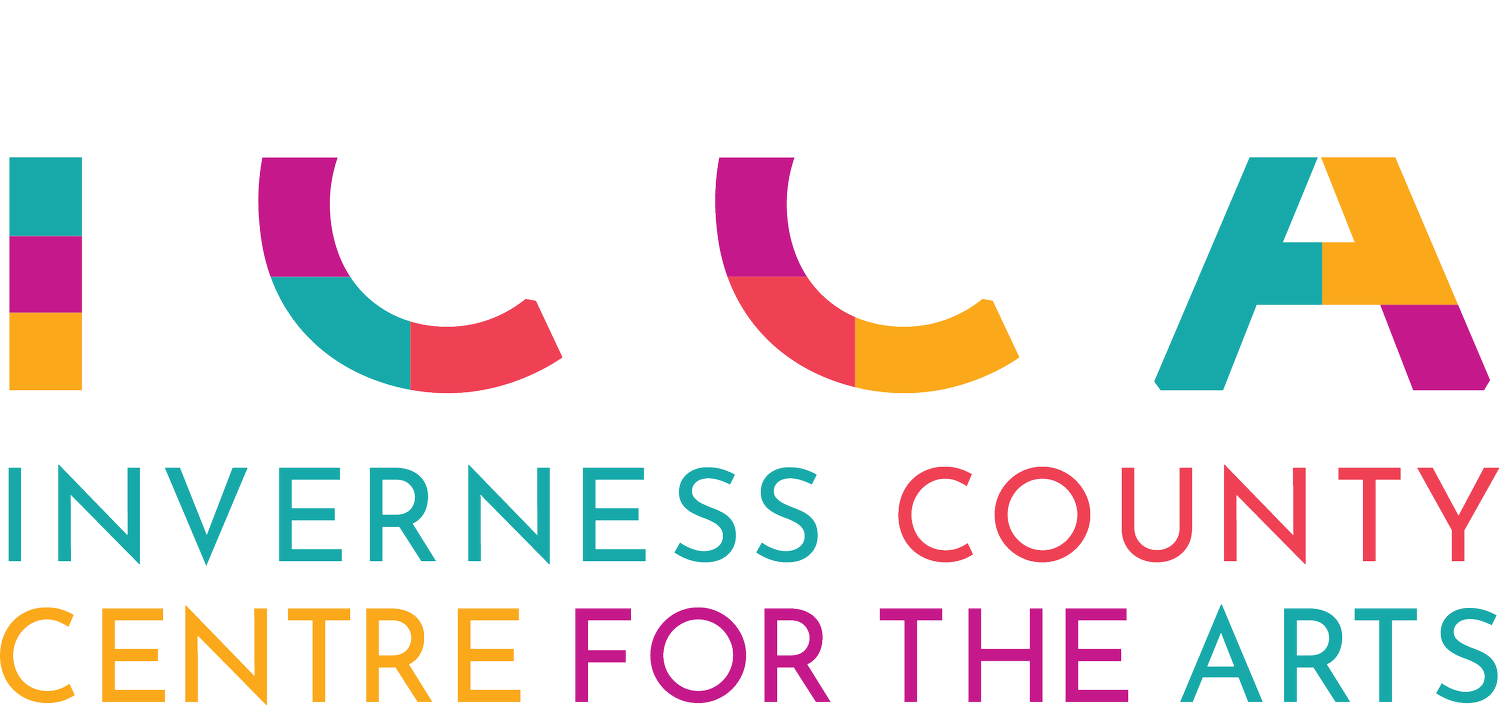Artist Statement:
“She makes form out of formlessness, continuity out of fragments, narrative and meaning out of scattered incidents, for the storyteller is also a spinner or weaver and a story is a thread that meanders through our lives to connect us each to each...” Rebecca Solnit”.
Telling a story is a translation of materials; it is a selection of information that is salient to you. This idea has led my research and studio practice to consider how the present rearranges the past. Negotiating, presence and absence, history and memory, through site-sensitive installation and weaving. I spend time reflecting on the historical female point of view of the history of place. More specifically, examining what remnants of these women have survived and what form they take. I am inherently drawn to the process of weaving and cloth as a material for the strong role it has played in the human experience. Cloth is embedded in our most mundane daily experiences; it is present in our most heavily symbolic rituals of life and death. The written word was also born of textiles, from textile materials and processes, which leaves textiles inseparable from language. I use weaving in my work to create cloth, but I also use processes of weaving to develop ghostly narratives, through a reordering of text taken from previously published literature. I see weaving as the methodical layering or interlocking of tangible or conceptual fragments to build experience. My practice is about searching and uncovering, it’s about weaving these collected fragments back together to better understand myself.
There is a thread that moves through my process, my thematic choices, and body that all find areas of overlap in traditionally prescribed feminine territory. I look to those women who have paved the way like suffragettes and numerous textile artist. Western history has associated women within the domestic, as textile practitioners, as memory keepers and as emotional beings. These qualities have often been situated in a binary framework and therefore; positioned as negative attributes, but I see them as areas of strength within my practice.
These remnants from the past haunt us in the present, transcending temporality and folding linear ideas of time into themselves. It is with my object making I intend to allow remnants of these stories to remain in our consciousness and habitually persist in the present day. I wield the metaphor of haunting in my work through the use of presence and absence. Processes like cyanotype and Devore printing are achieved because of absence. Cyanotype prints use light to preserve the negative details of an object, the process preserves the trace an object leaves behind. Devore printing techniques burn away thread, the absences of the thread in the woven cloth create a shadow image, this shadow is dependent on the lack of threads. I feel we have a greater propensity to take notice when something is missing or taken away.
I repeatedly find myself seeking solace in previous generations, uncovering pieces of the past that feel familiar to me. I seek to layer and juxtapose material and historical complexities to emphasize the ephemeral nature of memory. My work is the mediation and reanimation of collected fragments to accentuate a feeling of sentimental longing and nostalgia. My processes are a push and pull between a reveal and an erasure; they mimic ideas of how memory, especially collective memory, functions. More specifically, how details are both lost and also embellished. My work is the mediation and reanimation of collected fragments to accentuate a feeling of sentimental longing and nostalgia.
Jessie Anne Fraser BIO:
Living in Kjipuktuk/Halifax, Nova Scotia, Jessie Fraser is a craft oriented visual artist. Fraser completed an MFA in 2019 at Alberta University of the Arts in Craft Media. She has participated in multiple residencies and exhibited work in a number of venues throughout Calgary, including group shows at Viviane Art Gallery and Stride Gallery.
Her practice considers how imagery, poetry and hand-woven cloth may be combined, to investigate the affective potential of woven cloth and text in site-sensitive installations.
Image, text and textiles, along with photographic and weaving processes are used as sites of intuitive and emotional investigation. Using time as both a process and a material Jessie’s practice is the process of weaving. She weaves not only with thread but also historic narratives and atmospheric feeling.

